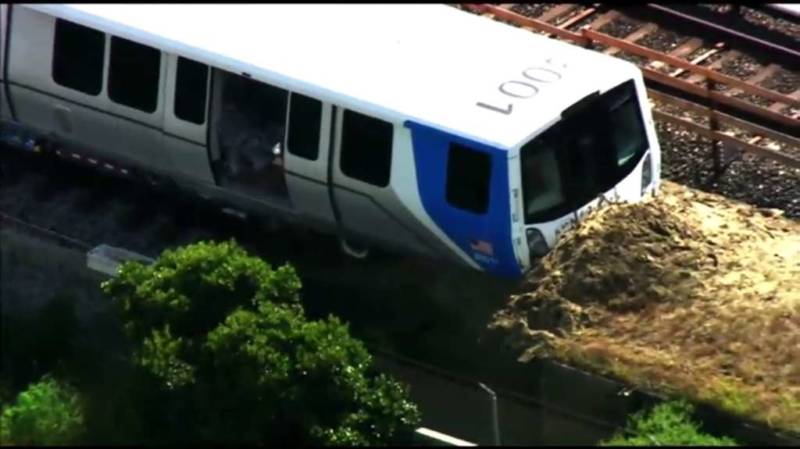It was just 19 days ago that BART showed off the first car of its long-awaited "fleet of the future." It didn't take long for that shiny new vehicle to make the wrong kind of news for the transit agency.
On Friday, the vehicle plowed into a sand barrier at the end of a test track in Hayward. No one was hurt, and the only thing that was damaged, apparently, was BART's message of better times coming for its hundreds of thousands of daily riders.
Wednesday, the agency called reporters and camera crews to its downtown Oakland headquarters to explain what happened. Friday's failure was due to a mishap involving a piece of testing equipment, a wire, a cabinet door, an auxiliary power source and a short circuit that came together to foul up the $2 million car's braking system.
Tamar Allen, BART's chief maintenance and engineering officer, and John Garnham, who's overseeing the agency's fleet of the future program, said that train operators were on a training run on a 2-mile test track.
They'd gotten the car up to 15 mph and were slowing down as they neared the end of the track, Garnham said. The car's braking system seemed to be working the way it was supposed to, he said. But then, the operators were unable to engage the friction braking system designed to bring the car to a gradual stop.
